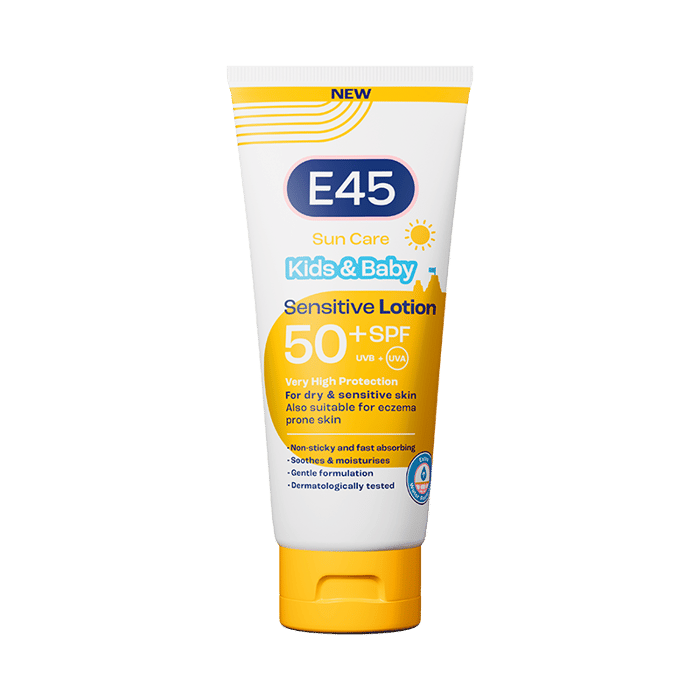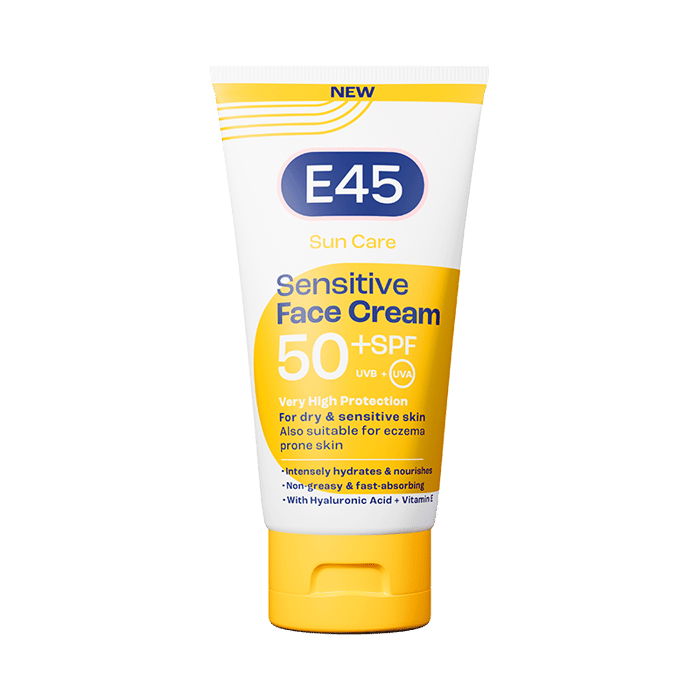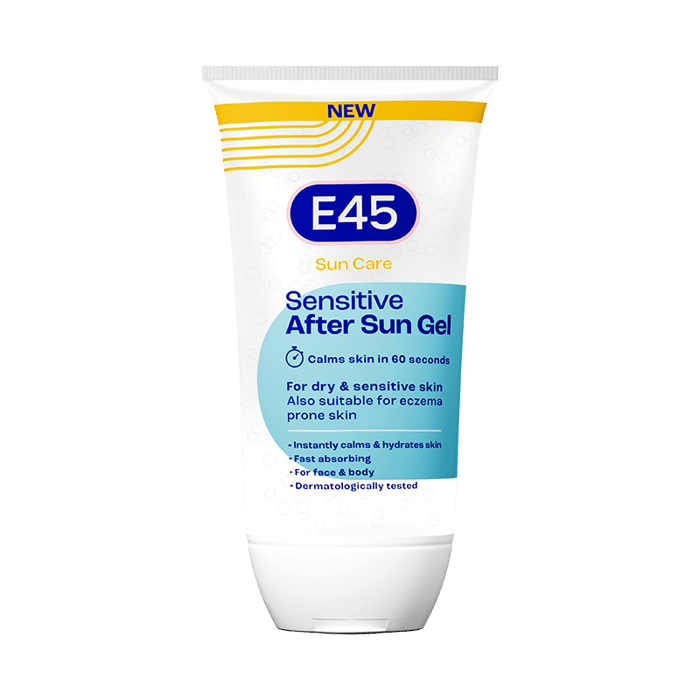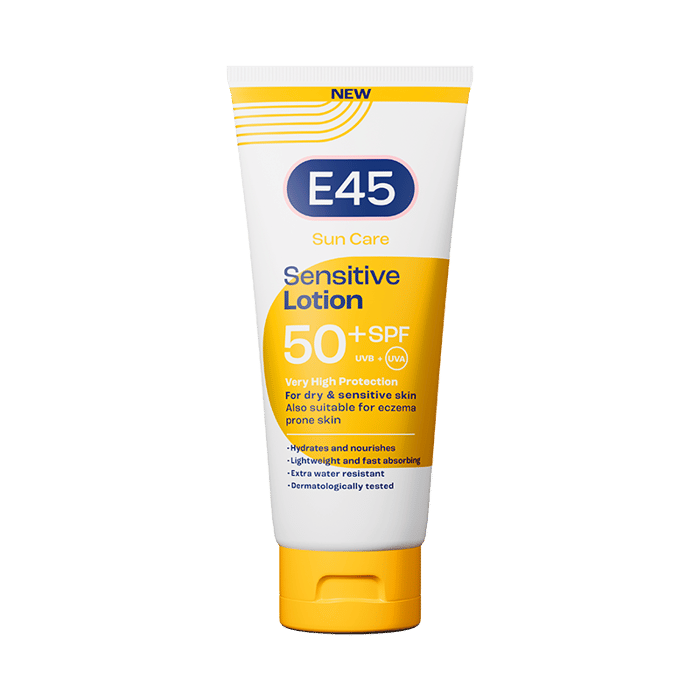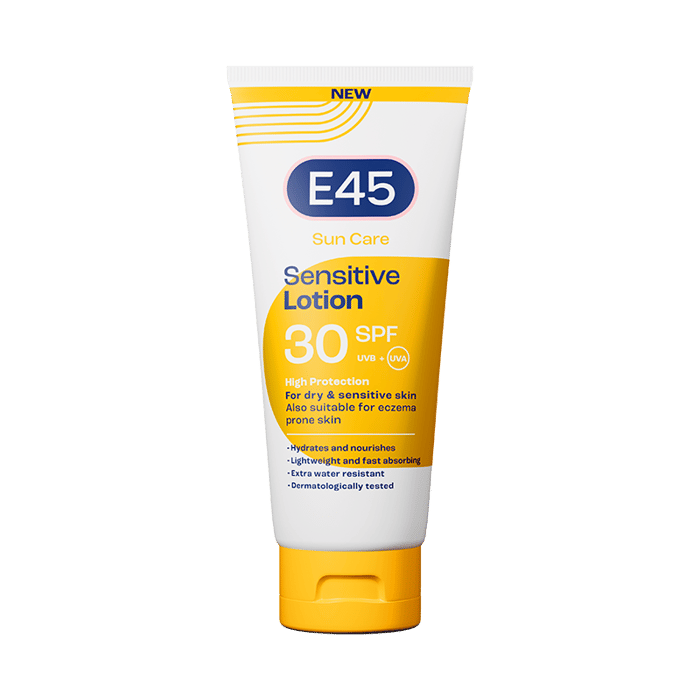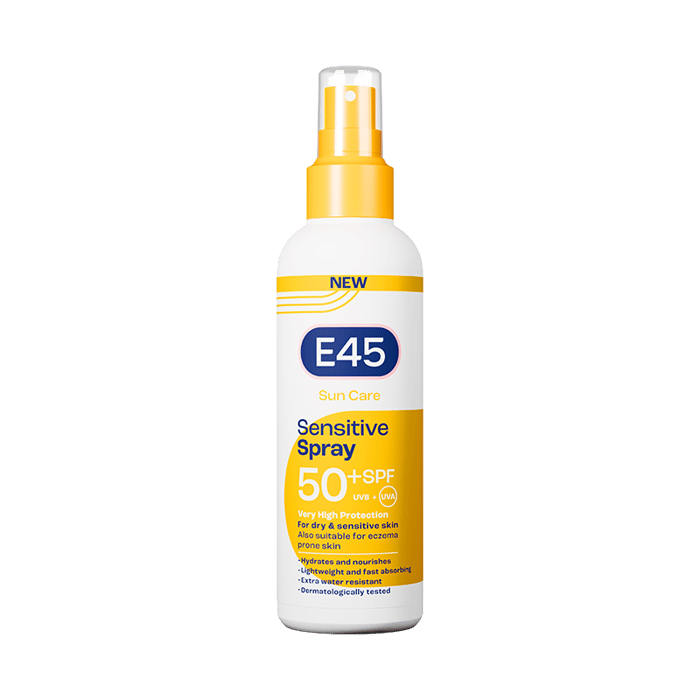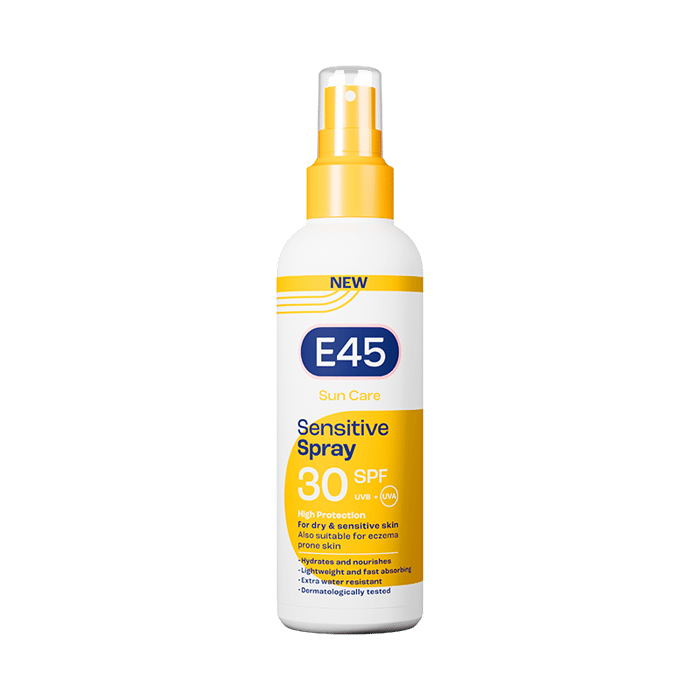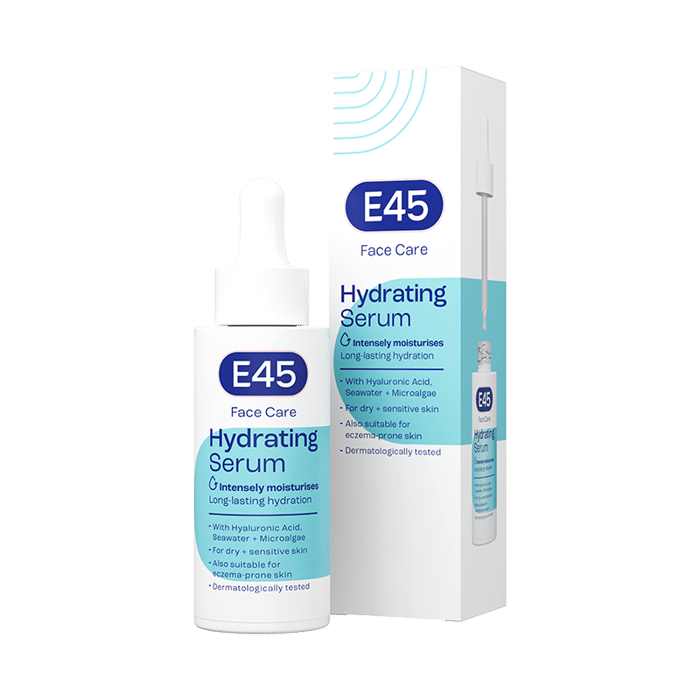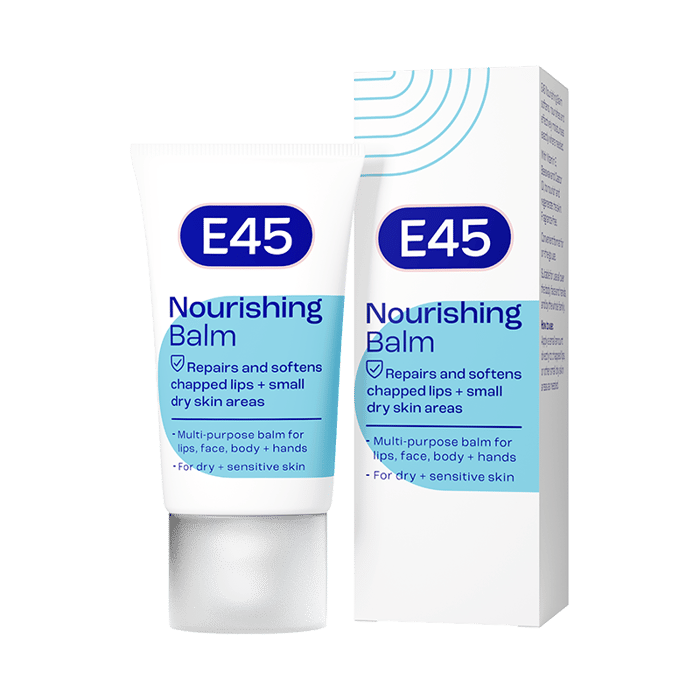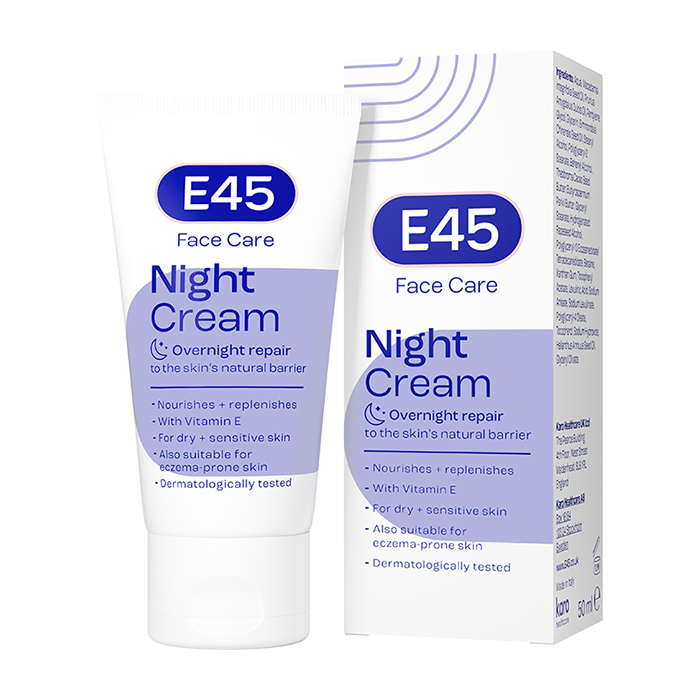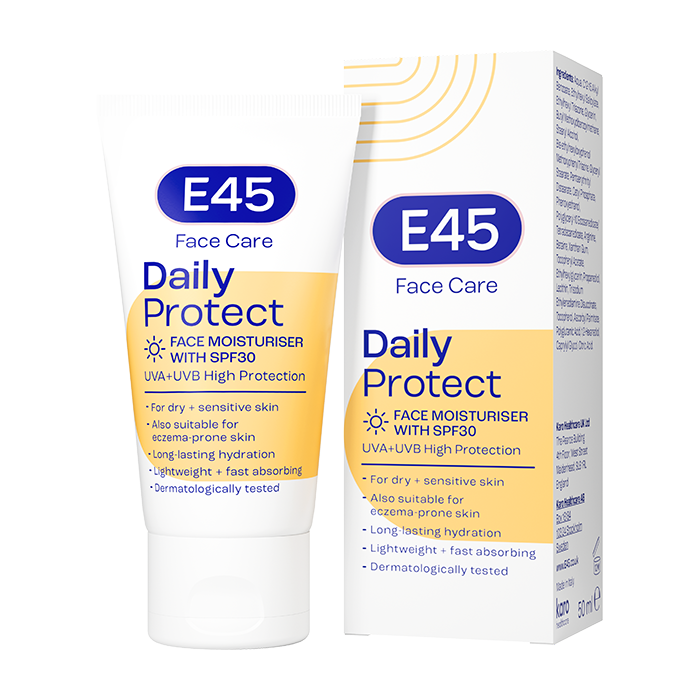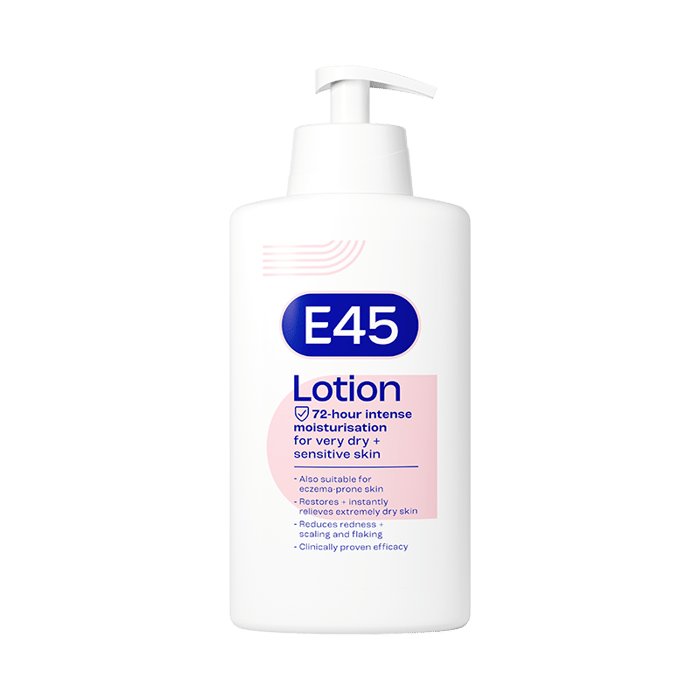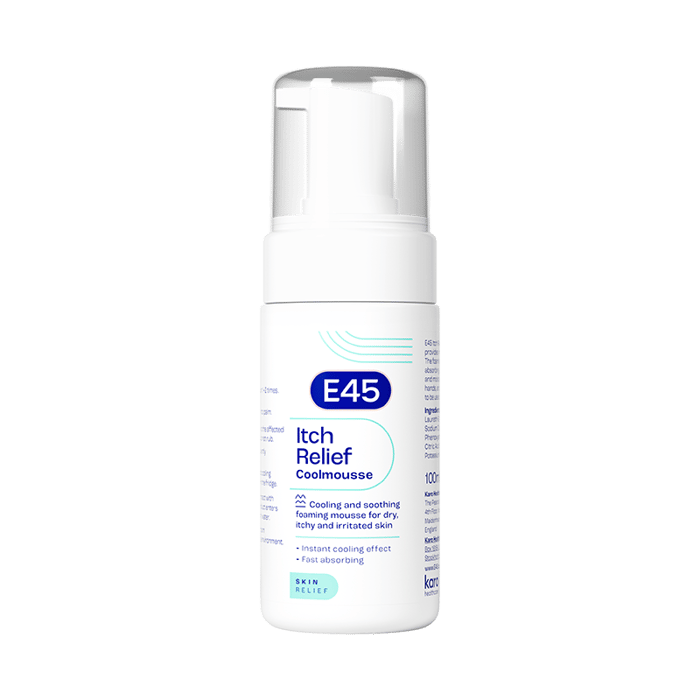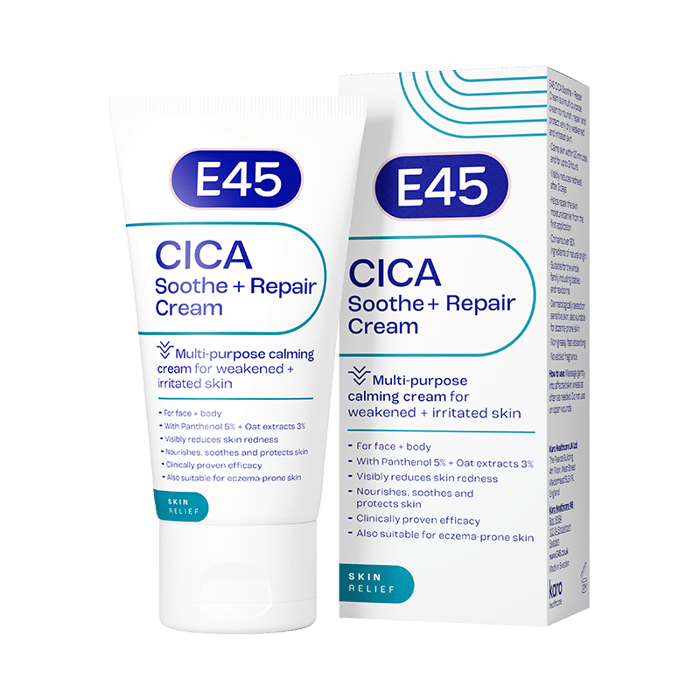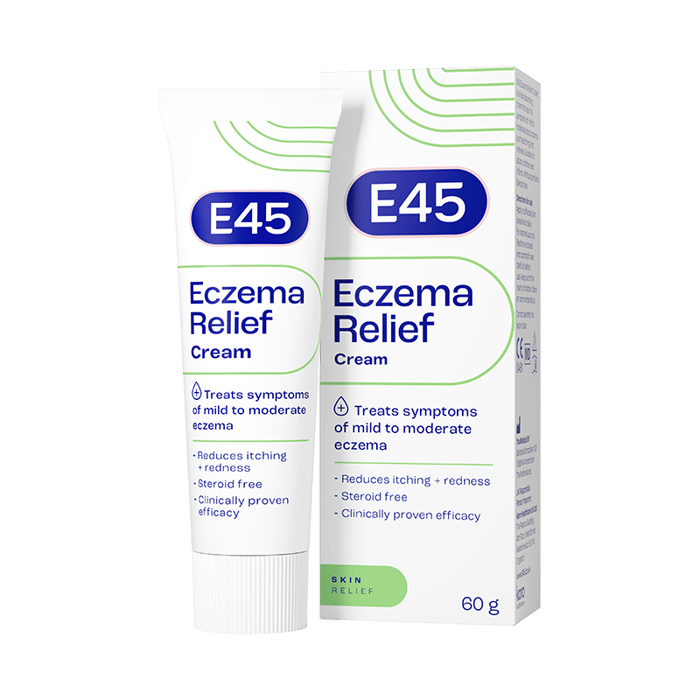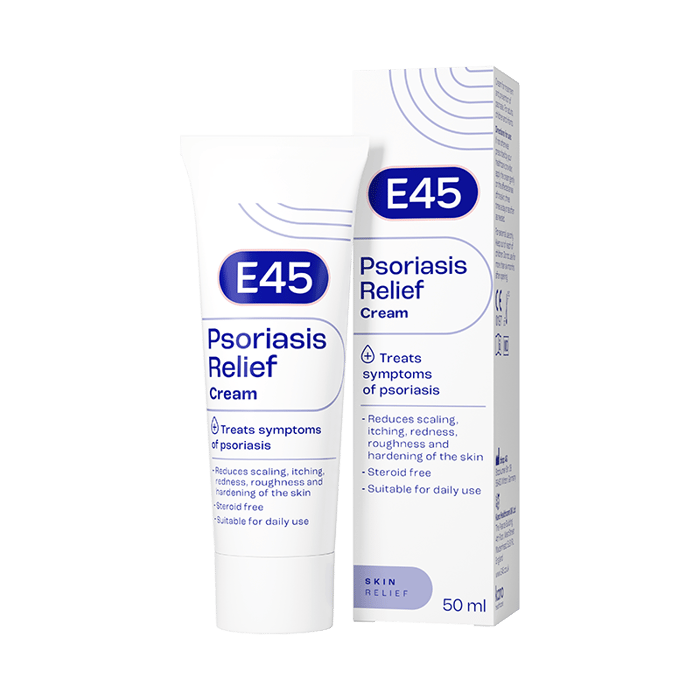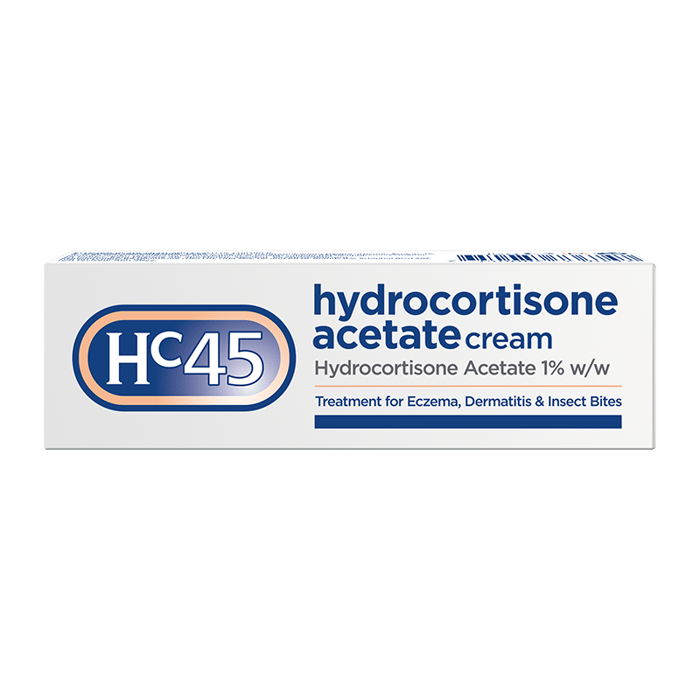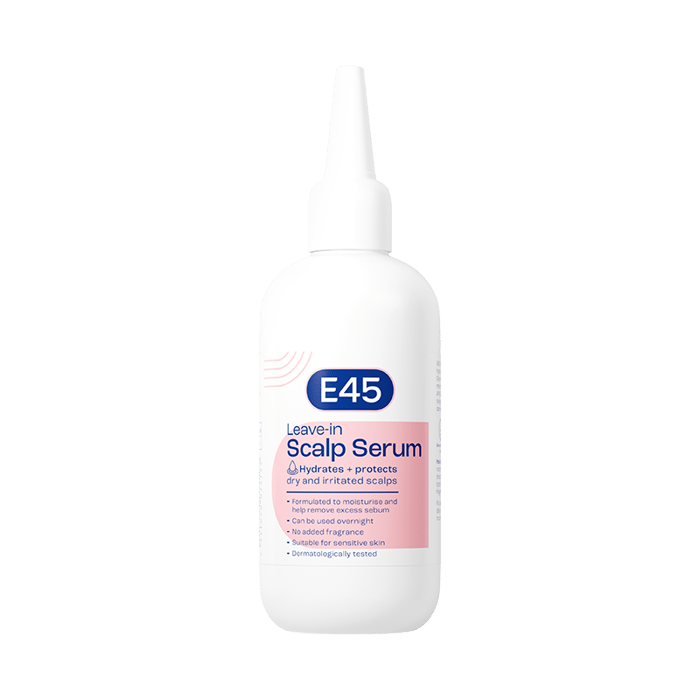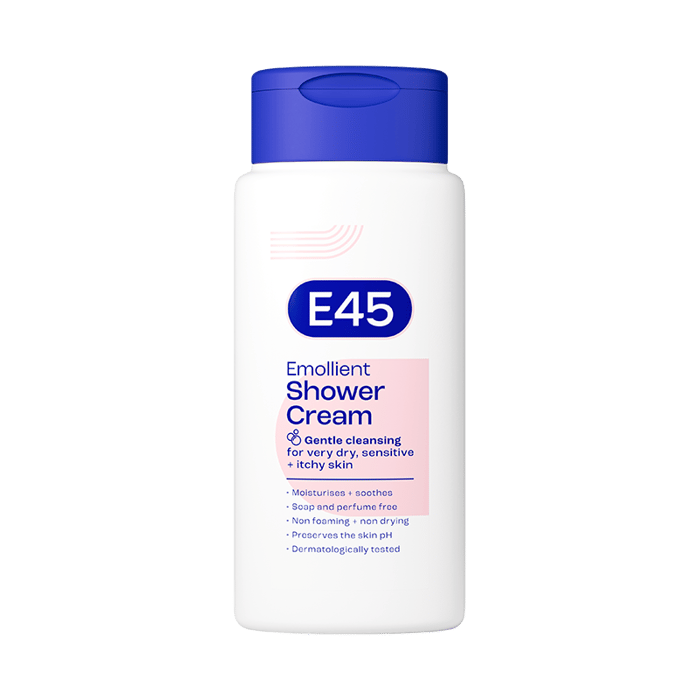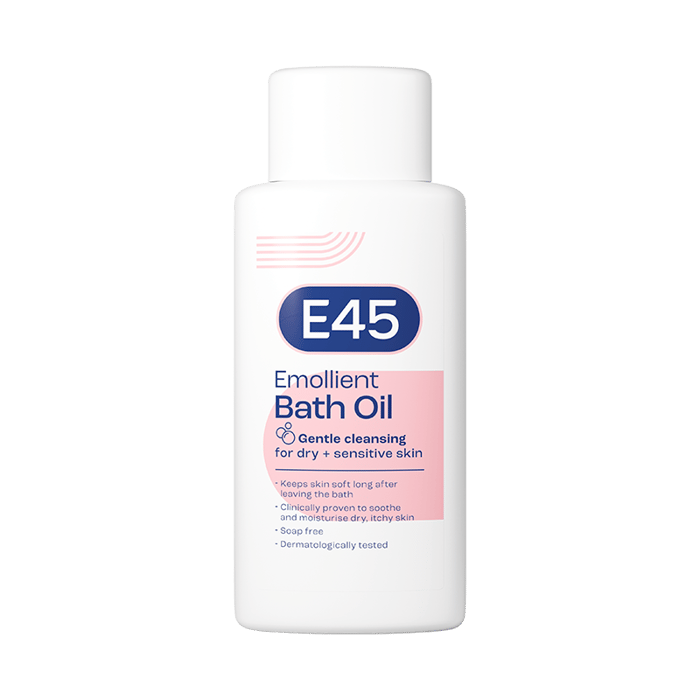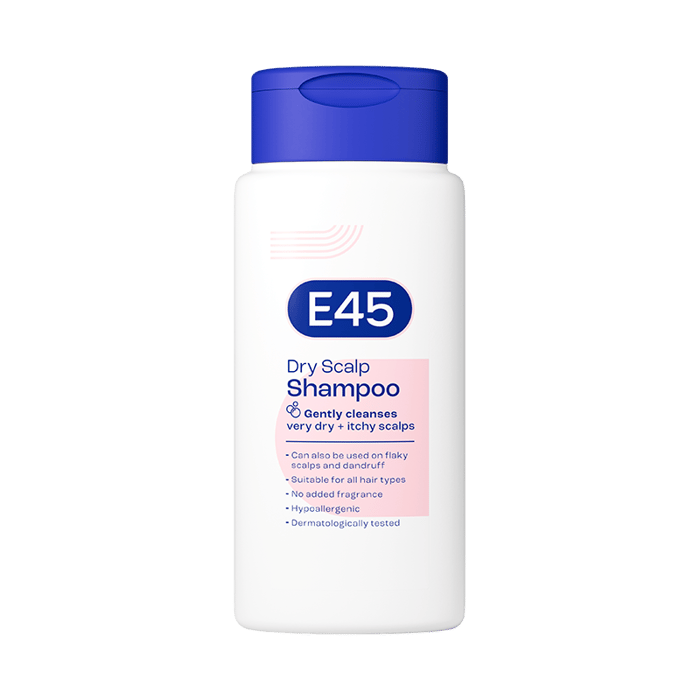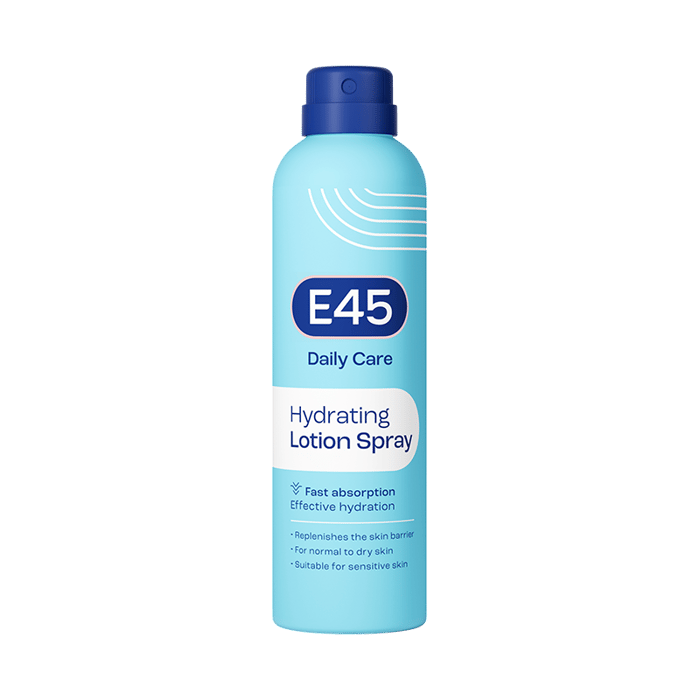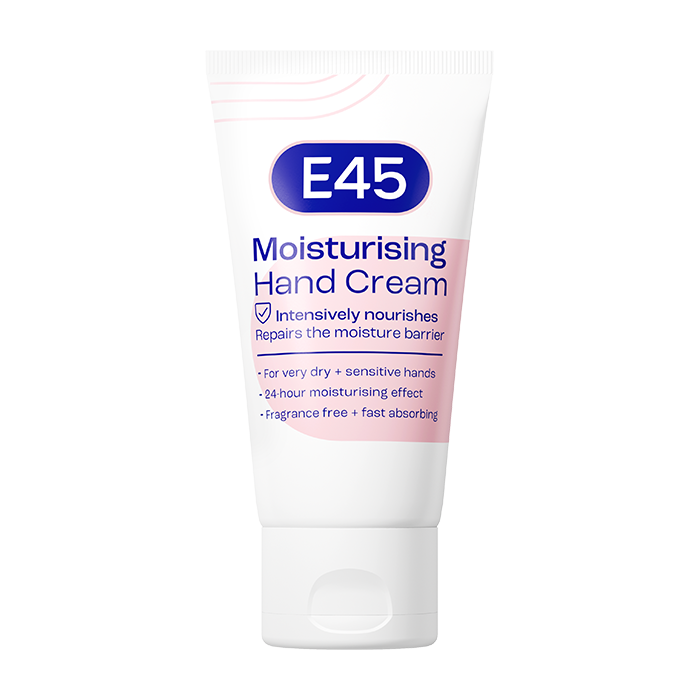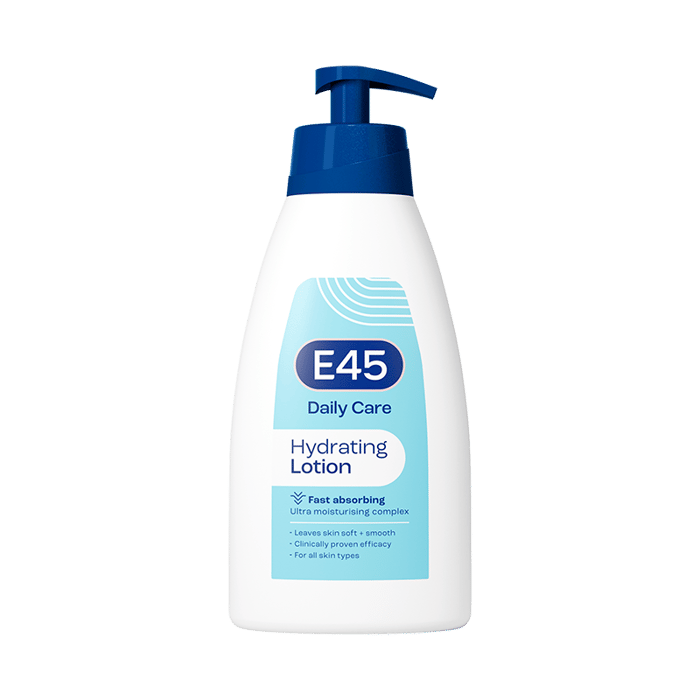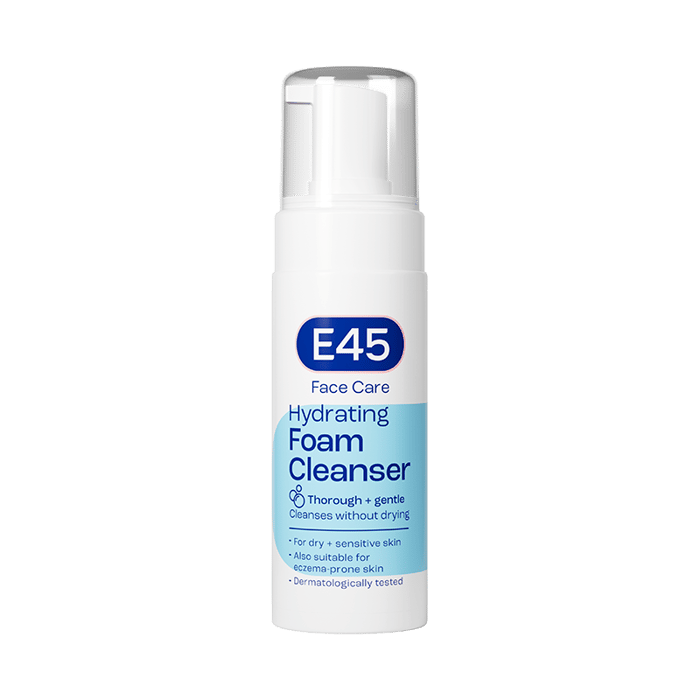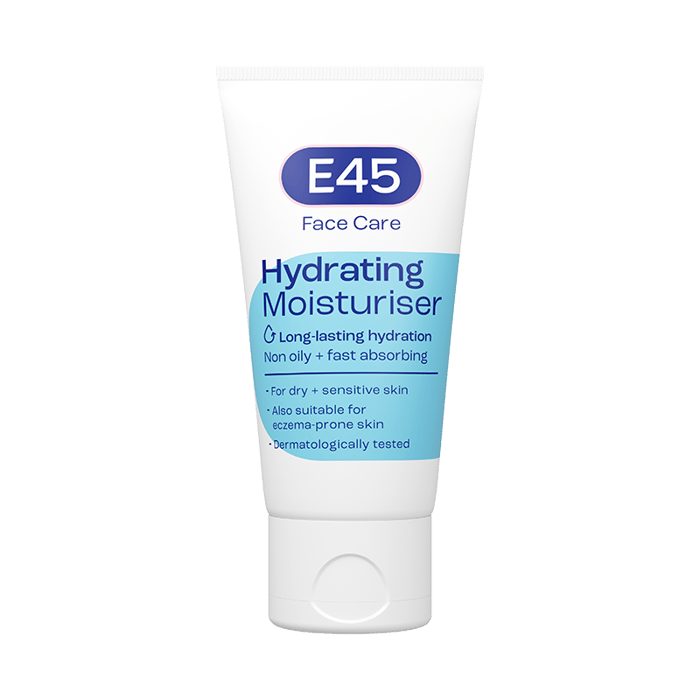Closed comedones: What they are and how to care for them
Closed comedones are small, white or skin-coloured bumps that form when a pore becomes blocked by oil and dead skin cells but stays sealed beneath the surface. They’re a type of comedonal acne that can make the skin feel uneven but are not usually sore or inflamed. With the right gentle care, they can often be managed effectively at home.
What are closed comedones?
Closed comedones develop when oil, dead skin cells and bacteria become trapped within a pore, covered by a thin layer of skin. Unlike blackheads, they aren’t open to the air, so they stay pale or flesh-coloured rather than turning dark. These bumps are part of comedonal acne, a common, mild form of acne that affects both teenagers and adults.
How they look and where they show up
Closed comedones often appear on the forehead, cheeks, or around the chin and jawline, and though small, they can make the skin feel bumpy or lead to an uneven skin texture.
How they form
When the natural process of shedding dead skin slows down, the mixture of skin cells and sebum (oil) can plug the hair follicle. If that plug remains sealed beneath the skin, it becomes a closed comedone.
Are they the same as whiteheads?
Closed comedones are sometimes mistaken for whiteheads, but they differ in that they don’t contain pus and can’t be popped. They are non-inflammatory, meaning they aren’t red or painful like typical spots.
How they fit within comedonal acne
Comedonal acne mainly includes blackheads and closed comedones. It’s a form of non-inflammatory acne, meaning it causes congestion without redness or soreness.
What causes closed comedones?
Everyday factors
There are several possible causes behind closed comedones, including:
- Excess sebum production
- Dead skin cell build-up
- Wearing heavy or oil-based make-up and skincare
- Not cleansing properly, especially after sunscreen or make-up
Lifestyle and environment
Heat, humidity and sweat can worsen congestion, as can regularly touching your face or wearing tight headgear. These habits make it easier for oil and dirt to stay trapped on the skin.
Hormones and medications
Hormonal changes during puberty, stress, or menstruation can increase oil production. Some medications may also contribute to the development of closed comedones, although this varies from person to person.
Fungal acne vs closed comedones
Fungal acne vs closed comedones can be confusing since both cause small bumps. Fungal acne tends to feel itchy and often appears on the back, chest or shoulders, whereas closed comedones are rarely itchy and mostly appear on the face.
Closed comedones treatment at home
For most people, treatment for closed comedones at home works best with mild, consistent care.
- Cleansing: Wash your face twice daily with a gentle, non-abrasive cleanser. Always remove make-up before bed and cleanse after exercising to help keep pores clear without drying out your skin.
- Moisturising: Moisturising is essential, even for oily skin. Use a light, non-comedogenic moisturiser such as E45 Face Care Hydrating Moisturiser, to maintain hydration and balance oil levels. This helps prevent your skin from producing excess sebum.
- Suncare: Protecting your skin from UV rays supports a healthy skin barrier. Choose a non-comedogenic sunscreen – our guide to SPF and sun protection can help you pick one that suits your skin.
- Product choices: Look for mild, fragrance-free skincare. Avoid thick creams or oils that may clog pores. Ingredients like coconut oil can be comedogenic and worsen congestion. Using gentle, soap-free cleansers such as E45 Face Foaming Cleanser can help maintain balance.
- Practical daily habits: Avoid popping closed comedones, as it can cause irritation or scarring and may damage your skin barrier. Keep hands off your face, change pillowcases regularly and shower after exercise to remove sweat and oil.
Closed comedones extraction
If home care hasn’t improved things after a few weeks, a skincare professional can perform a closed comedones extraction. This procedure removes blockages under sterile conditions. It’s not something to attempt at home.
Gentle, everyday care for prevention
Preventing closed comedones is often about routine rather than strong treatments. Cleanse regularly, moisturise daily and protect your skin with SPF. Supporting your skin barrier helps prevent new blockages.
If you notice your skin becoming sensitive, our guide on soothing inflamed or irritated skin offers gentle care advice.
Conclusion
Closed comedones are common and nothing to worry about. With a gentle skincare routine that includes mild cleansing, light moisturising and daily sun protection, most people can improve uneven skin texture and support smoother-looking skin over time. Consistency, patience and kindness to your skin are key.
FAQs about closed comedones
What causes closed comedones?
They form when oil and dead skin build up inside pores and become trapped beneath the skin’s surface.
How to treat closed comedones?
Keep to a simple skincare routine – cleanse, moisturise and protect your skin from the sun. Use mild, fragrance-free products that don’t block pores.
How to get rid of closed comedones?
Stay consistent with your routine. Gentle cleansing and hydration help the skin clear naturally. A professional may remove them safely if they persist.
How to remove closed comedones?
Avoid squeezing. Only a skincare professional should perform closed comedones extraction.
Should I squeeze closed comedones?
No, squeezing can irritate the skin and cause scarring.
What is comedonal acne?
It’s a type of acne made up of blackheads and closed comedones rather than inflamed spots.
Sources
NHS: Acne – Causes
NHS: Acne – Treatment
NHS: Emollients and moisturisers for eczema
NICE Guideline NG198: Acne vulgaris: management (2021, updated 2023)
British Association of Dermatologists: Acne
Primary Care Dermatology Society: Acne vulgaris
Patient.info: Acne
Patient.info: Fungal Folliculitis (Malassezia folliculitis)
British Skin Foundation: Acne
DermNet NZ: Comedonal acne


